
Ali Qapu – Part 1
Mohammad2020-03-31T09:03:07+00:00Ali Qapu
The royal palace of Ali Qapu dominates the western side of Naqsh-e Iahan Square. The palace was founded in 1597, duing the 11th year of Shah Abbas’s reign, to serve as his place of residence. The palace was eventually created on the site of a garden pavilion that most historians attribute to the Timurid period. At Shah Abbas’s order, the Timurid structure was rebuilt and expanded. At this stage, the palace consisted of four floors and a hypostyle veranda. Further modifications were carried out under Shah Abbas II, at whose time (around 1643) a so-called Music Chamber was annexed to the palace. On its completion, the building soared to the height of 38 m, thus being the first Iranian sky-scraper. It was definitely “the largest ever built in any capital’: as testified by Chardin, the famous French traveler to the Safavid court in the 17th century. In its final form (just as we see it today), the palace Occupies the total area of 1,476 sq. m and consists of 52 rooms arranged on a very elaborate plan on six floors. Currently, most of the rooms are dosed to the public because of the ongoing restoration. Interestingly, the building’s exterior does not show more than five floors (and even these are better observed from the area behind the building).
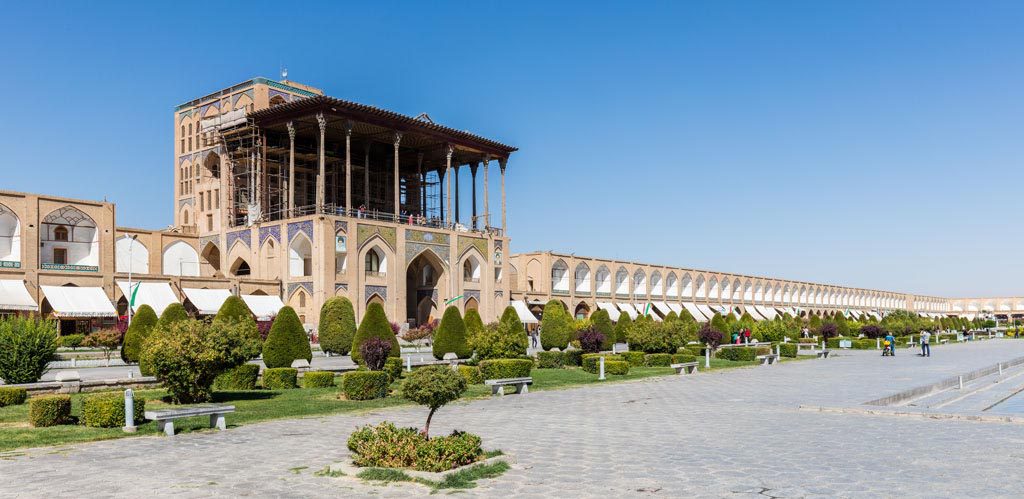
Although the exact date of Ali Qapu’s completion is unknown, it may be presumed that it was finished at about the same date as the Sheikh Lotfollah Mosque. Ali Qapu means “The High Gate” or “The Sub-lime Porte’: By the time Ali Qapu was created, a palace with the same name already existed in Istanbul, the capital of the Ottomans who were the bitterest rivals of the Safavids. The Ali Qapu Palace of Esfahan was built with such lavishness that it easily excelled it’s much more modest Ottoman prototype. By this act, Shah Abbas, who strived to integrate his country into European markets and force out the Turks from there, sought admiration and approval from his European guests and business partners.
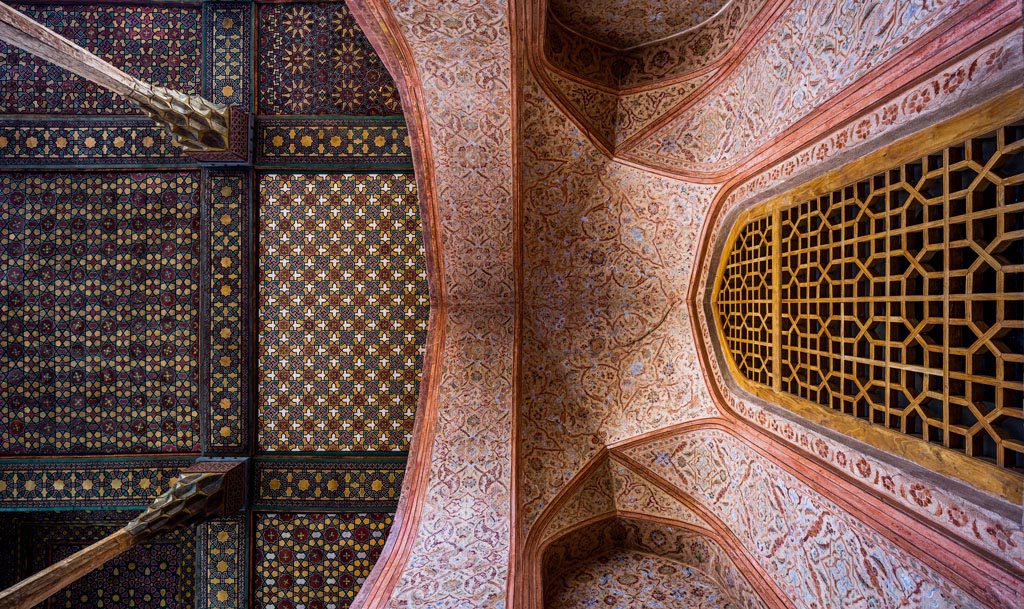
Ali Qapu Name
The palace’s name was also widely interpreted as [Imam] Ali’s Gate. Indeed, Shah Abbas I greatly venerated Imam Ali. To express his humility, he always signed his letters as “the dog at the threshold of Ali’s door”. During Shah Abbas’s rule, 110 cannons were installed on both sides of the entrance to Ali Qapu. This was another tribute to the Shiite Imam, whose name, Ali, corresponded to the number 110, according to the abjad alphabet. The final act was Shah Abbas’s relocation of the door of Imam Ali’s mausoleum in Najaf in Iraq to Esfahan. Instead, the richly adorned, gold – and silver – plated door, which was made by Esfahans craftsmen, was installed on the original site. Such an act further enhanced the sanctity of the Ali Qapu Palace. From then on, any person passing through the gate had to dismount from the horse, and even the Shah was not exempt from this duty. Moreover, those who sought the royal favor had to kiss the gate as a plea, while those who were granted the royal approval had to kiss the gate in gratitude. Sometimes criminals and fugitives sought refuge behind the palace’s gate, and no force, even the Shah himself, could drag them out from it except by starvation.
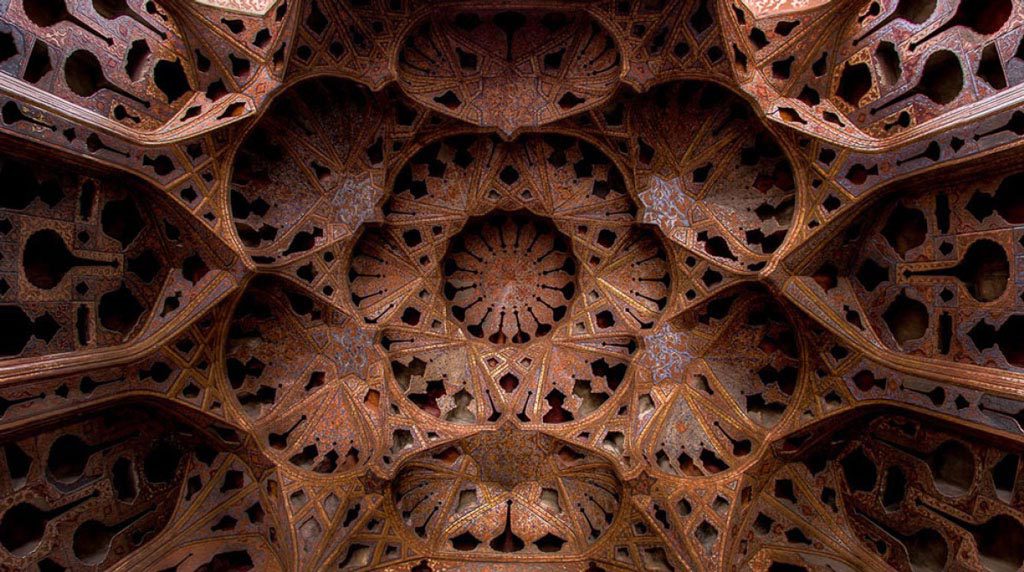
Ali Qapu served multiple purposes. Part of the building was occupied by administrative quarters and sentinel’s headquarters; this section could be visited by the common people, who often brought their petitions here. Ali Qapu was also a sort of stronghold that divided the public area of Naqsh-e Jahan from the harem and the enclosure of royal palaces, which were scattered in a vast park that stretched from behind Ali Qapu as far as Chahar Bagh Avenue. The palace also housed shah’s private bedrooms, elaborately hidden from the view of strangers (the arrangement of the bedrooms was greatly praised by Shah Abbas who always suspected plots against him – and often not without a reason). Ali Qapu also functioned as a place for royal audiences to greet ambassadors and heads of states. The lavishly decorated reception areas were intended to demonstrate for foreign guests the strength and authority of the Safavid monarchs and to dazzle them with the opulence of decoration of their dwellings.
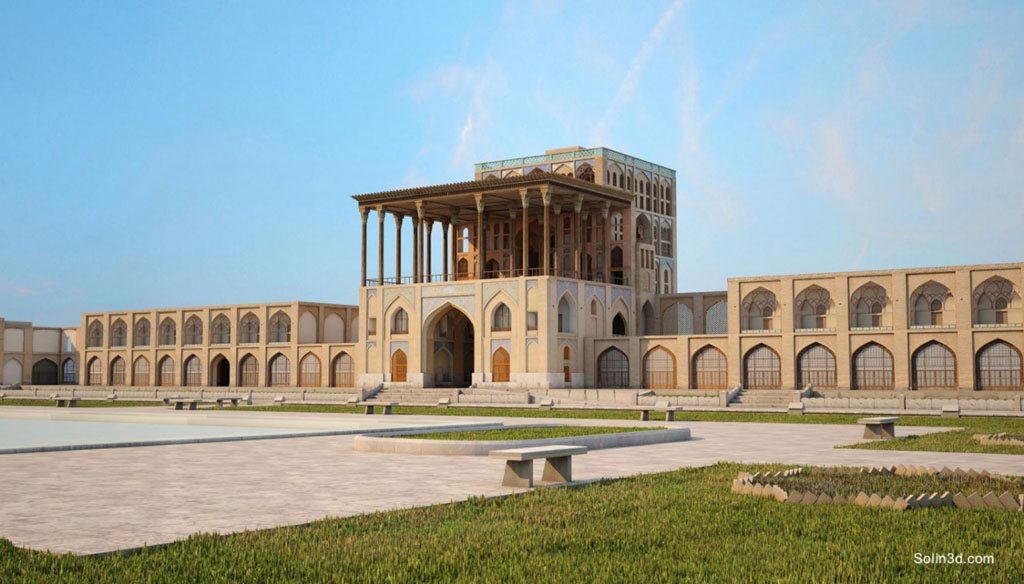
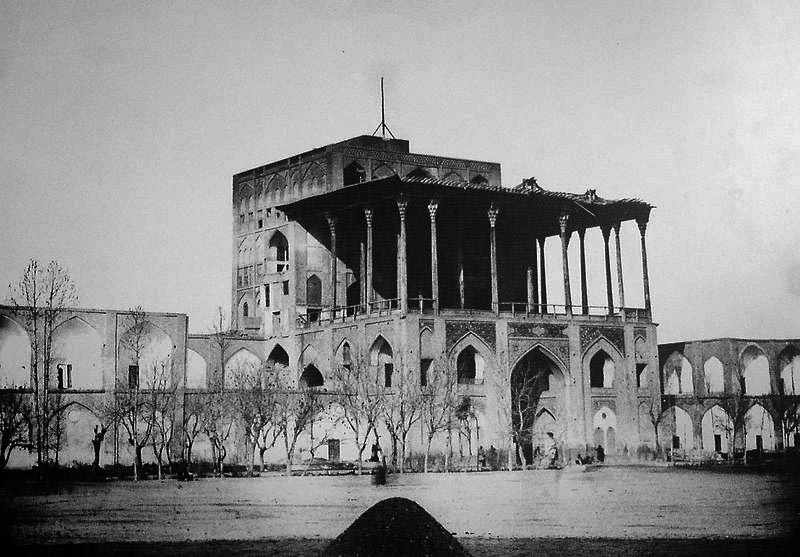
Today the entrance, to Ali Qapu emphasizes the overall magnificence of the structure. While the entries to the three other major buildings of the square are recessed into the surrounding walls, Ali Qapu steps actively into space. The door is more than 5 m high, and opens onto a hallway 64 sq. m and topped by a cupola 11 m high. The hallway features the loveliest plaster decorations and paintings of Reza Abbasi. Here visitors can entertain themselves with the curious acoustic effect of the hallway in front of the ticket of fice. Two people with their faces pressed against two opposite corners can clearly hear each other, even if they talk in the lowest voices possible.
The upper stories of the building can be climbed by two sets of stairways: the upper to the top, the narrower the steps. This was perhaps a security measure: not more than one person could climb the stairs at the same time. The recesses at the turns of the stairs seem to have been occupied by guardsmen. On the west side of the building, the stairs led to the balconies, where a person could rest and enjoy the view of the royal compound. The balcony 2, on the fifth floor provides a fine view of the Towhid-Khaneh, where dervishes performed their rituals (it is currently occupied by the Faculty of Fine Arts of Esfahan University).
Vipemo Products
-
Firooze Koobi, Firooze Koobi, Jug
Sake Jug – Turquoise Inlaying – Size 2
5.00 out of 5€1,524.00€1,200.00Add to cartQuick View -
Candy Dish, Firooze Koobi, Nut Bowl Dish, Sugar/Candy Pot
Candy/Nuts Bowl Dish – Size 7
0 out of 5€1,500.00€1,300.00Add to cartQuick View -
Candy Dish, Firooze Koobi, Nut Bowl Dish, Sugar/Candy Pot
Candy/Nuts Bowl Dish – Size 1
€182.000 out of 5Add to cartQuick View -
-
-
-
-
-


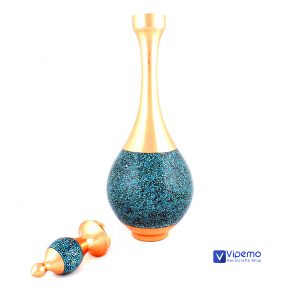
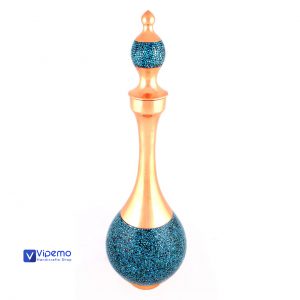



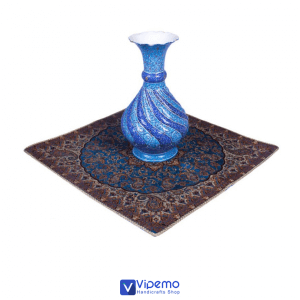
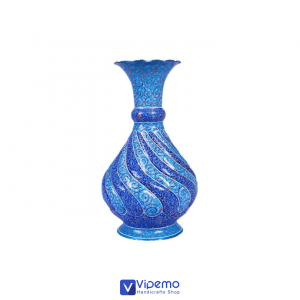
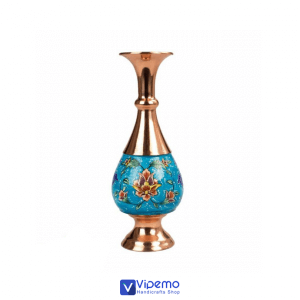
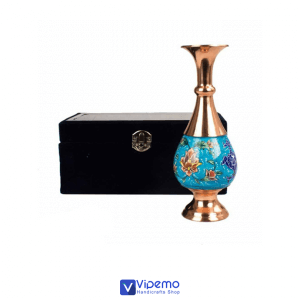






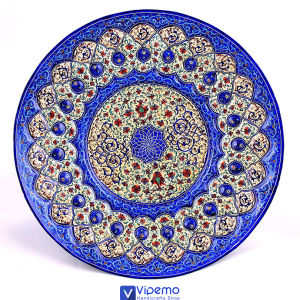
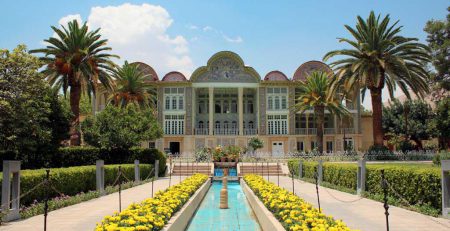

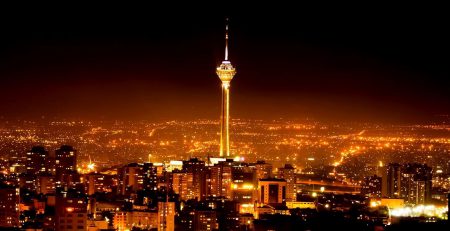
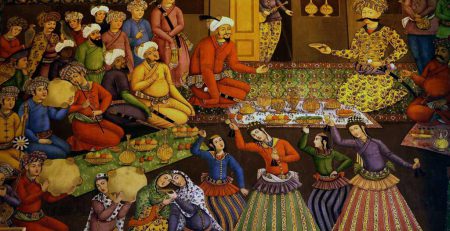
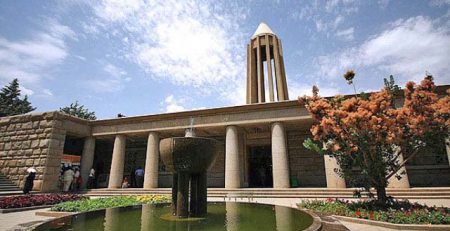
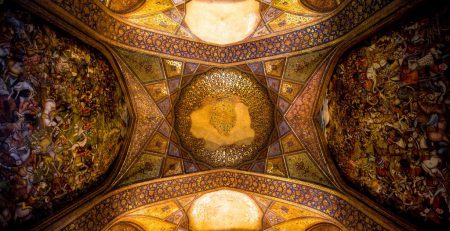
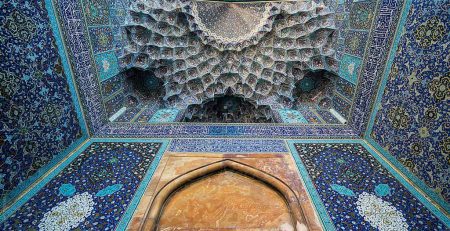
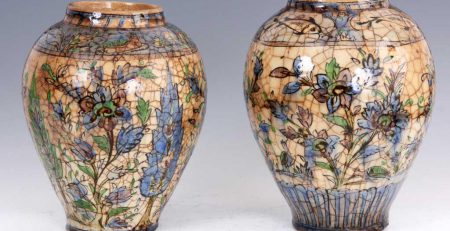
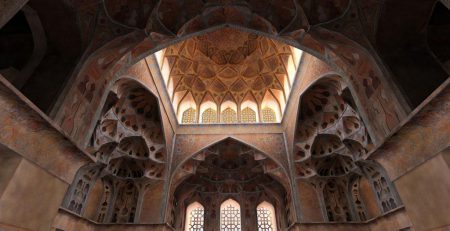
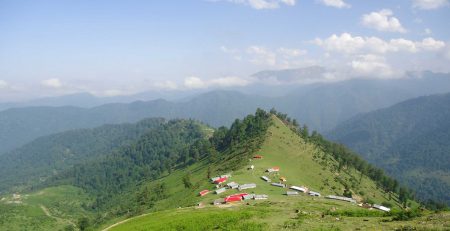
Leave a Reply